Guide to LNG Storage Systems: Types, Design Standards
Natural gas is a clean, reliable, and cost-effective energy source worldwide. When cooled to extremely low temperatures, natural gas becomes a liquid, enabling efficient and safe transportation from areas of supply abundance to high-demand regions.LNG storage tank systems are meticulously engineered to maintain natural gas in its liquid state for storage or transportation. These systems employ auto-refrigeration to consistently regulate pressure and temperature within the tank, ensuring optimal conditions for LNG.
What are LNG storage systems?
LNG storage systems are critical infrastructures designed to safely store liquefied natural gas (LNG) in its liquid state for extended periods.
This enables efficient transportation and distribution of natural gas from regions of production to areas of high demand worldwide.
LNG storage tank systems are crucial in maintaining natural gas in its liquid state for storage and transmission. These systems are meticulously designed and robustly constructed, utilizing auto-refrigeration to regulate pressure and temperature within the tank. The concept of auto-refrigeration dates back to West Virginia’s pioneering natural gas liquefaction plant in 1917, marking a significant milestone in LNG storage technology.
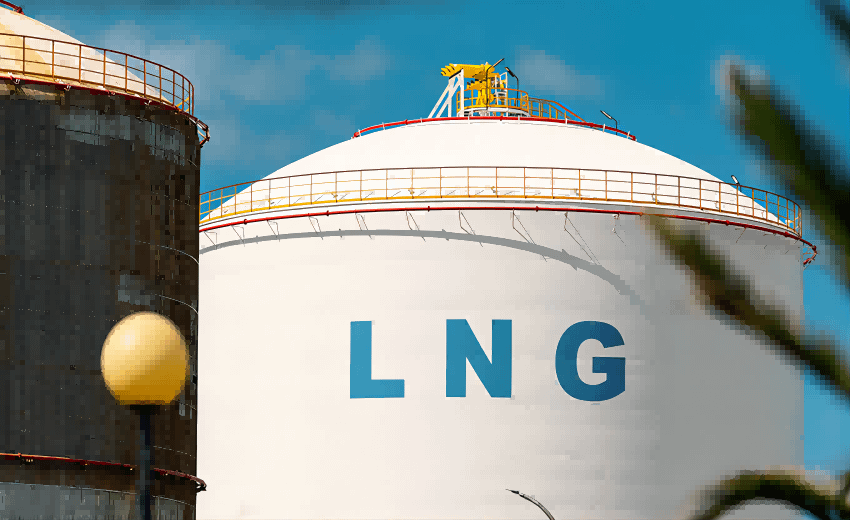
Critical Considerations for Designing LNG Storage Systems:
API Standards and Codes: Established in the 1960s, the American Petroleum Institute (API) sets guidelines for designing, constructing, and selecting materials for storage tank systems. These standards enhance industry safety and quality and are continuously updated to incorporate technological advancements and best practices.
Types of LNG Storage Tanks: LNG storage tanks are categorized based on design and size using various standards and guidelines, such as EEMUA, BS 7777, EN 1473, EN 14620-1, NFPA 59A, and API 625. Major types include:
- Single Containment Tank Systems: These are liquid and vapour-tight tanks, either single-wall or with separate inner and outer containers. They require external safety barriers, like earth embankments, to contain spills.
- Double Containment Tank Systems: This system consists of a primary tank enclosed within a secondary tank, designed to capture any leaked LNG while allowing gas escape and maintaining safety standards.
- Full Containment Tank Systems: These systems comprise primary and secondary containers, providing comprehensive storage. The primary container can be cylindrical with a self-supporting shell or have a dome roof for vapour containment.
- Membrane Tank Systems: Employed initially for LNG tankers and later adapted for land-based storage, membrane tanks feature a thin stainless-steel membrane, thermal insulation, and an outer concrete container, ensuring structural integrity and thermal protection.
API 625 is a standard developed by the American Petroleum Institute (API) specifically for the design and construction of liquefied natural gas (LNG) storage tanks. The standard provides guidelines and requirements to ensure the safety, reliability, and integrity of LNG storage systems.
Performance Requirements and Design:
Design criteria, such as those outlined in EN 14620-3, focus on safety factors for abnormal actions like seismic events, overpressure, and leaks. These criteria ensure that LNG storage systems meet stringent safety and operational standards, including liquid-tightness and vapor-tightness under varying conditions.
LNG Storage Tank Costs: Cost estimation factors include terminal construction, natural gas transmission pipelines, and LNG satellite storage facilities. Costs vary based on project specifics, including land acquisition, infrastructure development, and operational logistics.
Recent Advancements: Technological advancements include vacuum-insulated tanks for gas-powered vessels, offering superior thermal insulation and operational efficiency. These tanks use vacuum spaces and absorbent materials to minimize heat transfer, ideal for small-scale LNG storage.
In conclusion, LNG storage systems encompass diverse technologies and standards tailored to ensure safety, efficiency, and cost-effectiveness in storing and transporting natural gas. Understanding these systems’ complexities is essential for designing and implementing robust LNG infrastructure worldwide. Please visit our website for more information on LNG storage systems and related components.

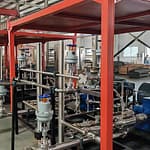

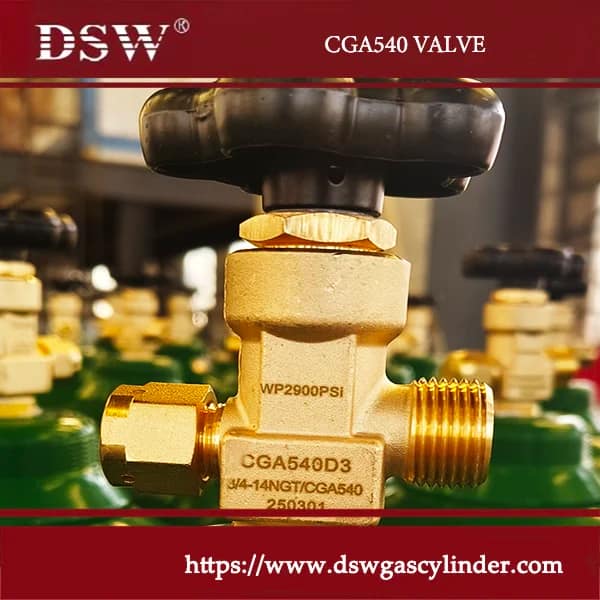
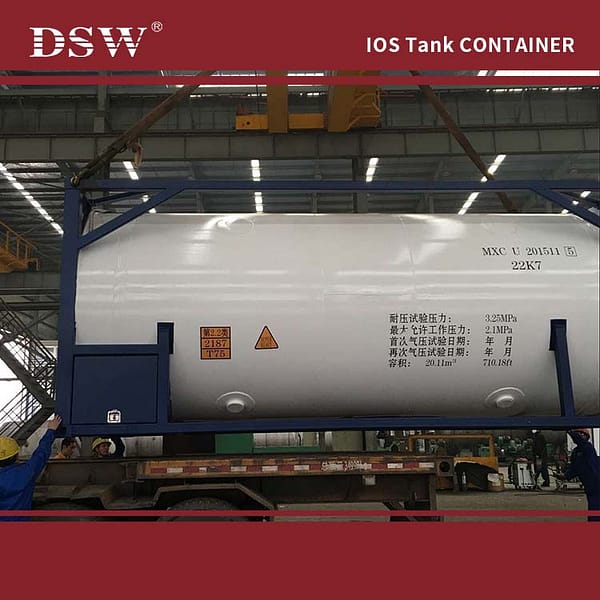
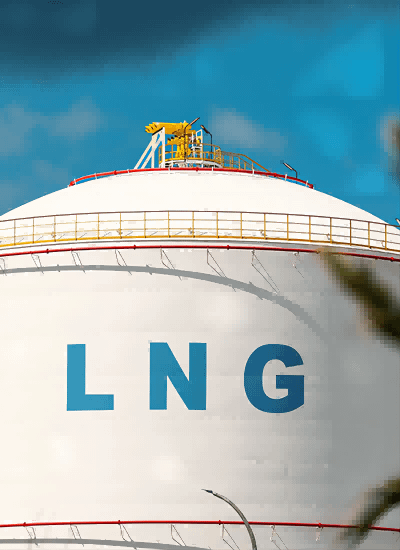

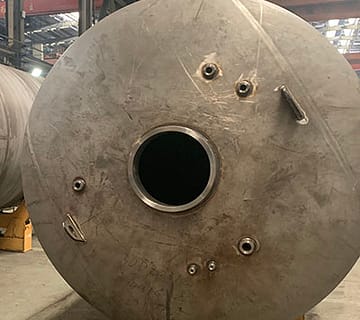
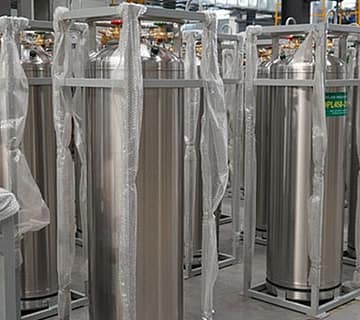

No comment